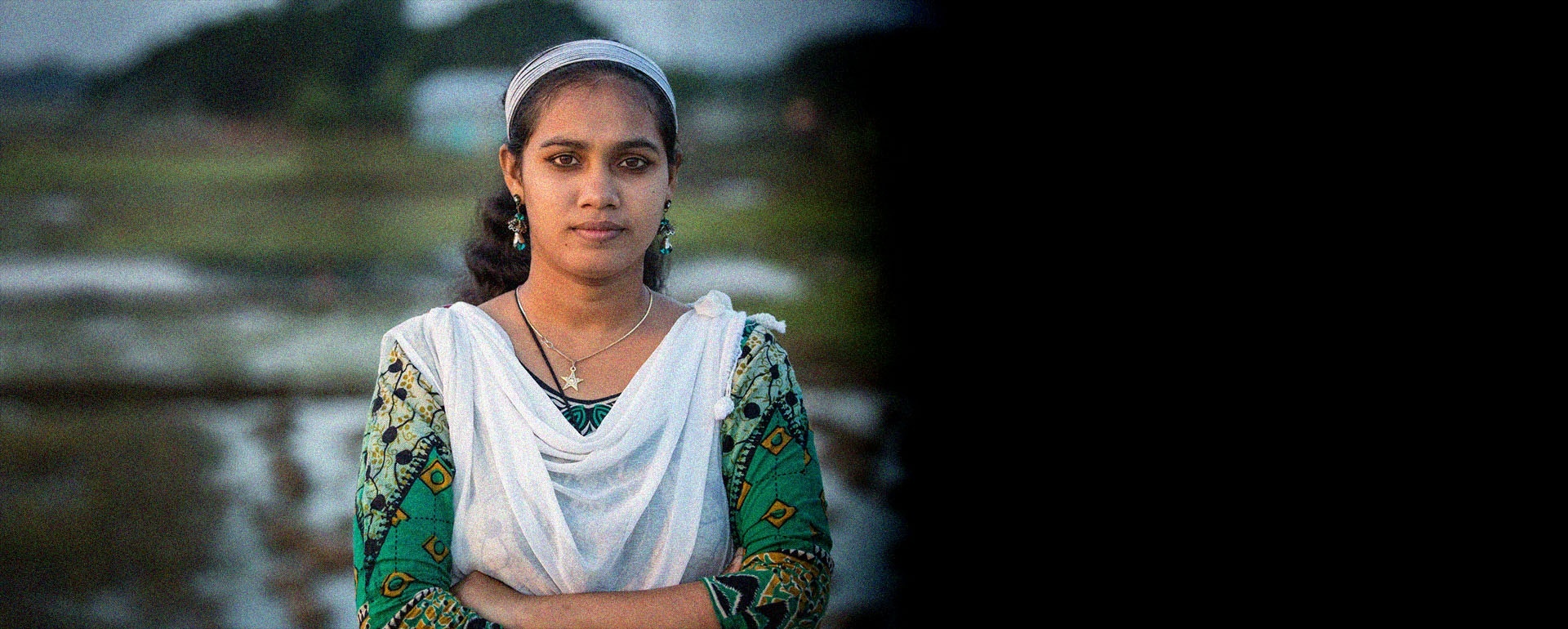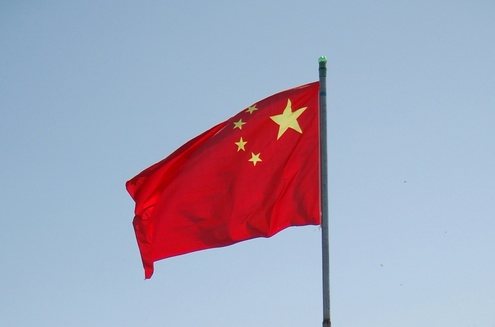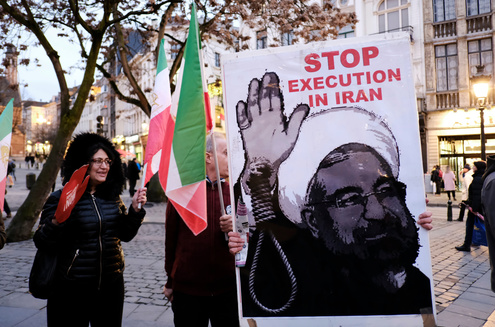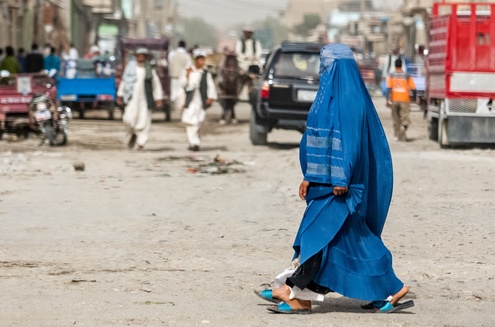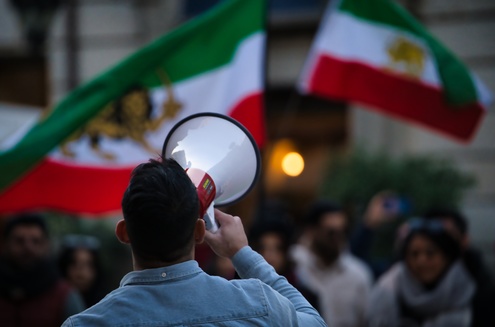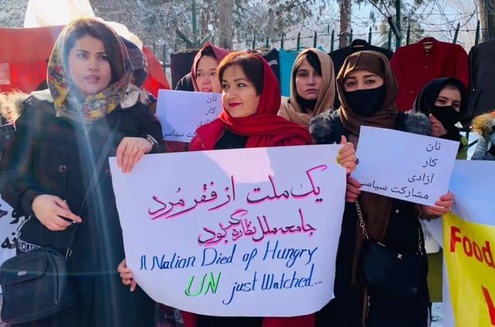Women and girls face particularly high risks of being subjected to torture and other forms of ill-treatment.
This is despite the international legal framework prohibiting torture and other ill-treatment and a growing recognition of the need for increased protection of women’s human rights. As a result of patriarchal social norms, women are at risk of torture wherever they live and whatever their place in society or cultural identity may be. Nearly one in three women experience physical or sexual violence in their lifetime.
The most visible aspect of torture against women is sexualised torture. While men and boys can also be victims of sexual crimes, rape and other forms of sexual violence are used more consistently against women. Victims of torture traditionally face a wide range of obstacles when they file a complaint or request reparation. But with sexual torture, victims fear the stigma and refrain from seeking justice. Consequently, torture against women is often unacknowledged, and the culprits go unpunished.
Another reason why women are denied equal protection against torture and other ill-treatment is that the majority of the violence against them occurs in the private sphere of the family or in the community. Women are the object, in their own homes, of beatings, rape, incest, and traditional practices such as honour killings, dowry-related violence, genital mutilations, son preference, and early marriages. Certain groups of women are particularly vulnerable to violence, such as those belonging to a minority, indigenous women, refugees, and women living in situations of armed conflict.
Certain groups of women are particularly vulnerable to violence, such as those belonging to a minority, indigenous women, refugees, and women living in situations of armed conflict.
Covid-19 has shown how global crises disproportionately impact women. The systems of protection and assistance for victims of gender-based violence were often inadequate beforehand, and the pandemic has made their limitations even more flagrant.
Aware of these vulnerabilities, the OMCT integrates the gender specificities of torture and other ill-treatment in its work and encourages the adoption of a gender lens by all relevant human rights mechanisms. It reports to the United Nations Committee Against Torture (CAT) on the gender dimensions of torture and highlights the parallels between the violence perpetrated by State and non-State actors.
Over the past two decades, the CAT has taken an increasingly crucial role in protecting women from violence amounting to torture and other forms of ill-treatment and ensuring that they can effectively exercise their rights under the Convention. Important landmarks are the 2007 adoption of General Comment No. 2 and the inclusion in its concluding observations of different forms of gender-based violence against women, such as violence by non-State actors.
A Working Group on Women and Torture
Together with the Philippine Alliance for Human Rights Advocates (PAHRA), the OMCT launched a working group on Women and Torture in Asia. This was in response to the need for greater research on sexual and gender-based violence from a torture perspective on the continent, despite the progressive development of relevant legal frameworks. Moreover, local and regional civil society organisations have stressed that they lack opportunities to use their experience and the data collected for a systemic analysis. The working group aims to address such needs and develop collective strategies. In May 2022, it published a report detailing various forms of violence against women in eight Asian countries.
Related resources
-
- Sudan
- 14.02.24
- Statements
 Read more
Read moreSudan: Rising Attacks against WHRDs and Women’s Rights Groups
-
- Sri Lanka
- 24.11.23
- Statements
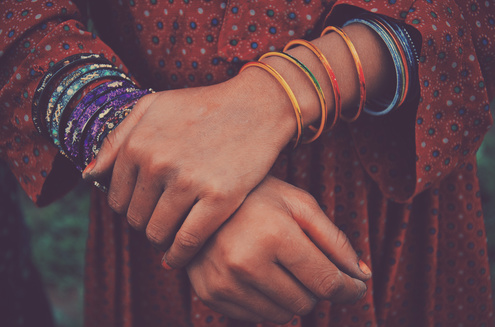 Read more
Read moreSri Lanka: child marriage is legalized torture
-
- Bangladesh
- 26.10.23
- News Releases
 Read more
Read moreBangladesh: Government must end torture ahead of elections
